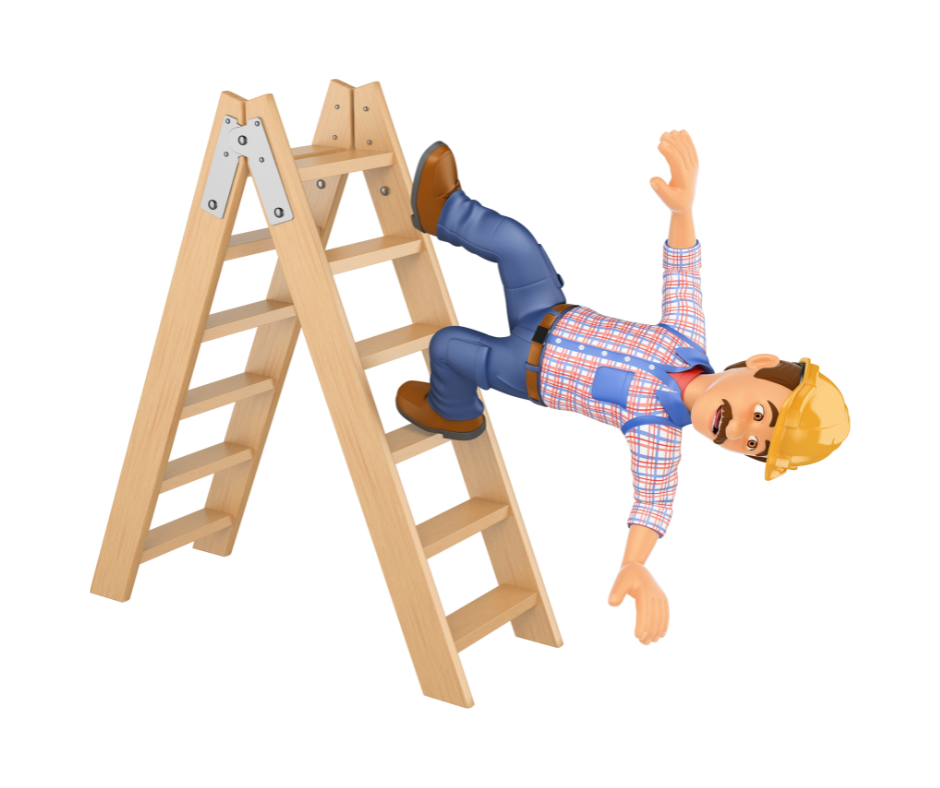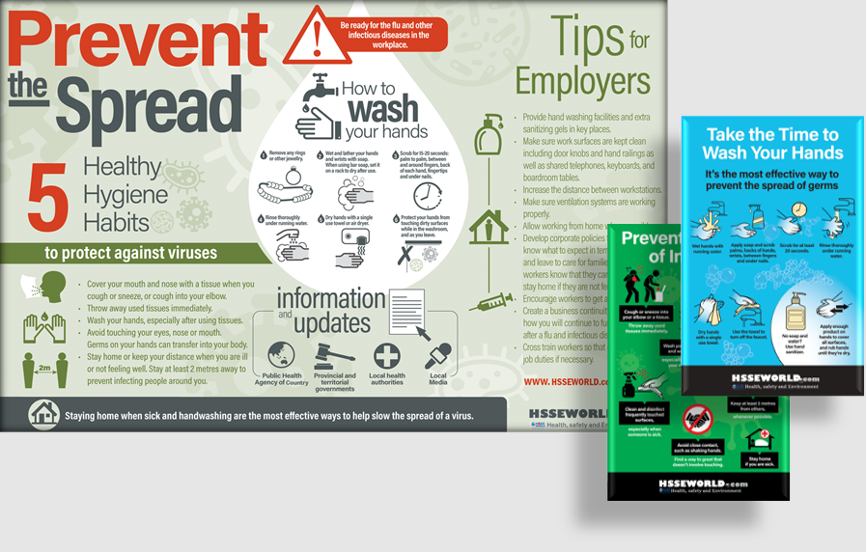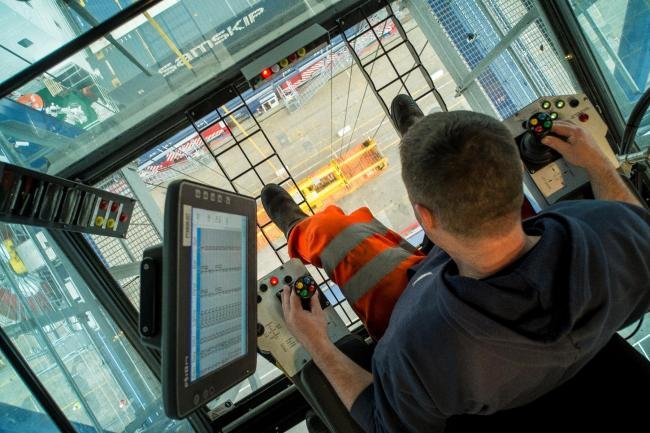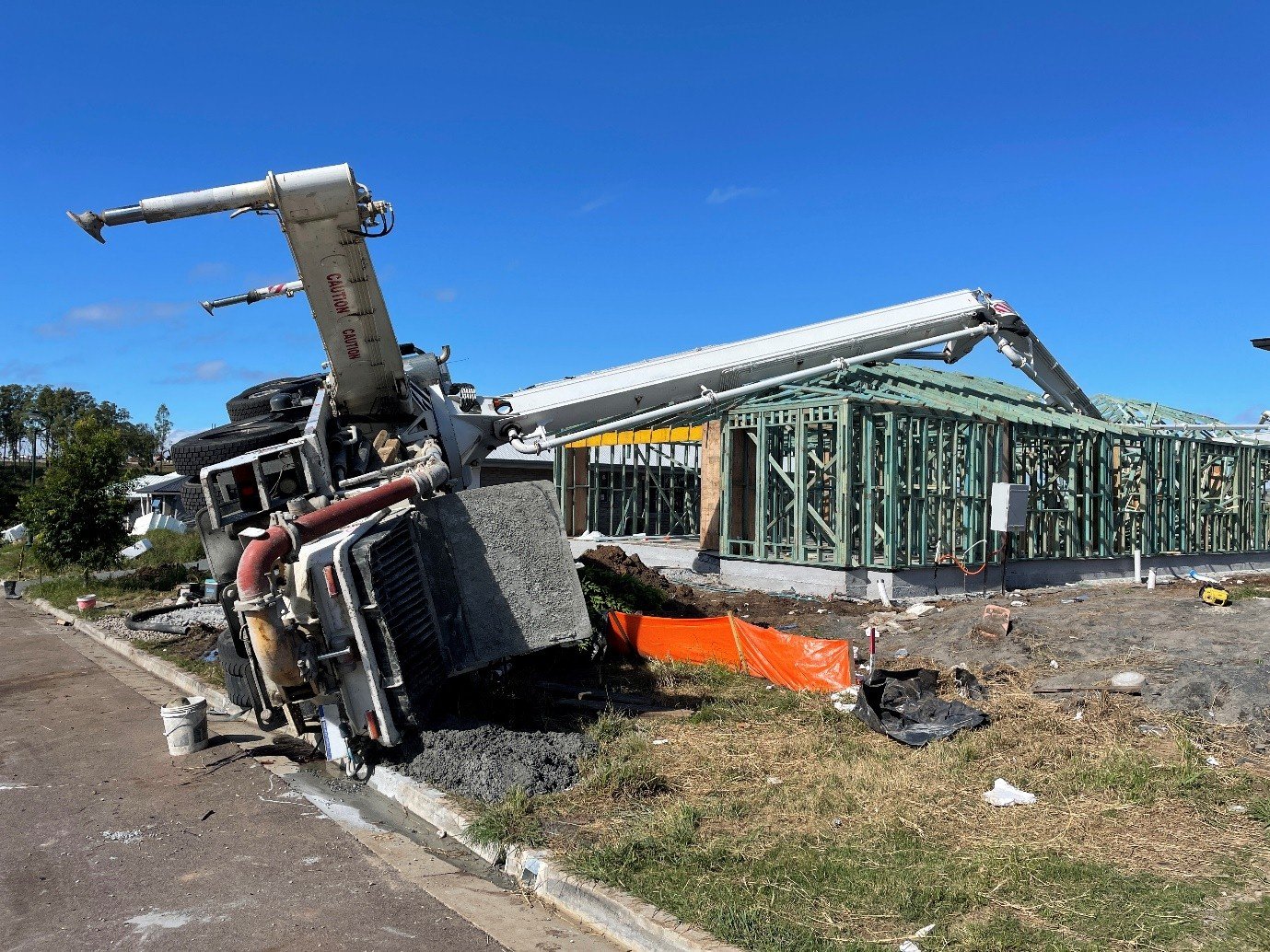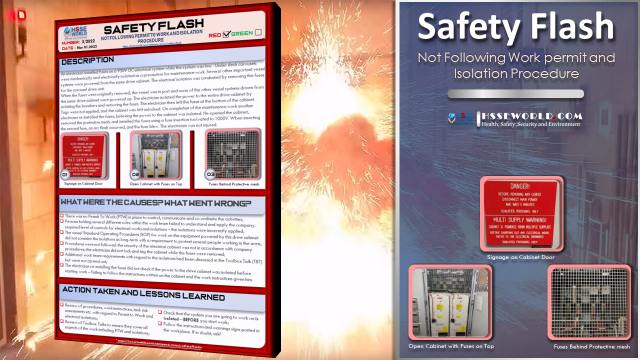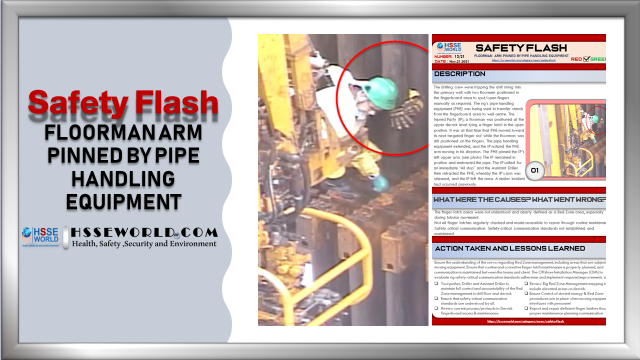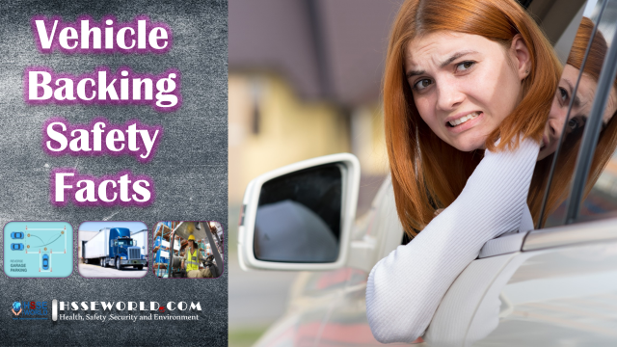Powerline Safety Best Practice For Dump Truck Operators
Dump trucks were the number one cause of overhead powerline contacts in the past five years. Many contacts occurred while loading and unloading material. To ensure safety for you and others on the site, you need to operate your vehicle with care and be aware of your surroundings.
To help reduce the risk of an overhead powerline contact, read the following article Powerline Safety Best Practice for Dump Truck Operators. As well, follow these steps:
- Arriving on Site: Visually locate all overhead wires. Always have a signaller to provide an extra pair of eyes.
- Getting Set Up: Make sure that all parts of the truck are a minimum of 3 meters away at all times from any overhead powerlines. Make sure the signaller is a minimum of 10 meters (30 ft) away from your truck.
- Leaving the Site: After dumping the load, drop your box before moving your truck.

The Powerline Safety Best Practice for Dump Truck Operatorsres ponds to reports that indicate an increased number of overhead powerline contacts involving dump trucks occur while loading and unloading materials ( Dump truck operator Fatality ). Best practice Article provides information to dump truck operators of the electrical hazards to help mitigate risk and reduce overhead powerline contacts.
Electrical Hazards
When a dump truck operator raises a truck’s box without first assessing the surrounding electrical hazards, he or she risks their own life and the lives of other workers and members of the public.
The Electrical Safety Authority has received reports of close to 1,400 overhead powerline incidents in the past 10 years. Powerline incidents involving dump trucks have doubled in a five-year span. Dump trucks have the highest rate of contact among high-reach equipment.
Some of the electrical hazards involving dump trucks and powerlines include:
Direct Contact
Raising the truck box into the overhead powerlines will energize the truck and the ground around the truck.
Indirect Contact
Raising the truck box in close proximity to the overhead powerlines could cause electricity to jump (or “arc”) across to the box, energizing the truck and the ground around it.
Bringing Down Wires
Lowering the box onto the overhead wires, including communication wires and guy wires that support the poles, can break the wires or pole(s). If the overhead powerlines fall on the truck or the ground, both the truck and the ground become energized.
Bringing Electricity To Ground Level Members of the public or workers who are in contact with the energized truck or standing near the truck are also at risk from electric shock, fire, and exploding truck parts, such as tires.
Locate The Hazards
Locating the hazards at the workplace will help prevent you and others from being injured or killed.
Below are some steps that will help to prevent contacting overhead wires:
Look Up and Look Out
When entering and exiting the workplace, locate all the overhead wires.
Know the Safe Limits of Approach
OSHA Standards requires all objects, including the box of the dump truck and materials, to be kept back a minimum distance of 3 meters (10 feet) from energized overhead powerlines.
Limits of Approach
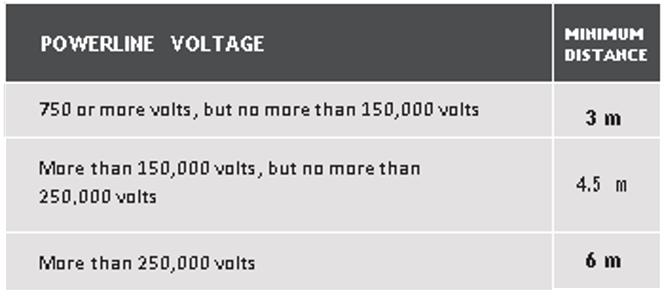
Use a Dedicated Competent Signaller
Standards at Construction Projects requires the use of a dedicated competent signaller with a full view of the operator, truck and a clear view of the overhead powerlines if materials will be unloaded under or around overhead powerlines. This is because it is possible for a part of the truck or its load to approach the minimum distance (see Limits of Approach chart).
The signaller should be 10 meters (30 feet) away from the truck in case contact is made with the powerlines. His or her job is to warn the operator if the equipment is encroaching on the safe limits of approach.
Loading and Unloading Materials
It is good practice to load and unload all materials away from overhead powerlines. It is even better to create a dedicated drop zone away from all overhead powerlines.
Lower the dump truck box before moving the truck forward in all cases, but especially if overhead powerlines are in the vicinity.
Installing an audible raised box indicator is a good practice to remind the operator that the box is in the raised position.

TRUE OR FALSE? Tires Are Made of Rubber So They Can’t Be Energized
FALSE. Although tires are made of rubber, which is typically a good insulator and doesn’t conduct electricity, they are also made of carbon and steel, which are good conductors of electricity.
If the box of a dump truck contacts an overhead powerline, either directly or indirectly, electricity will flow to the ground and the tires will explode – either right away or up to 24 hours later.
When Contact With An Overhead Powerline Occurs
If the dump truck box contacts the overhead powerlines and/or if powerlines fall on the truck or on the ground, always assume they are still energized.
It is very important to follow the steps below:
1.Stay In The Vehicle
Exiting the vehicle can be deadly. Remain in the vehicle to stay safe from “step and touch” shock hazards. Step Potential is when a person is standing on the ground and electricity enters one foot and exits the other. Touch Potential is when a person is standing on the ground and touches an energized object such as a dump truck; electricity enters the body through the hand and exits the feet.
2 . Emergency
Inform them that your vehicle has contacted the overhead powerlines.
3.Inform Everyone To Stay Back
Tell everyone including emergency first responders such as fire fighters and police to keep back a minimum distance of 10 metres (30 feet – the length of a school bus). This is because the ground surrounding the vehicle is likely energized.
4 . Wait for help
Do not exit the vehicle until you have been informed by the local electric utility worker on-site that it is safe to do so. Only he or she can ensure that the power has been turned off and that it is safe to exit.
Exiting If The Truck Is On Fire
The following steps should be followed to reduce the potential for injury:
Never touch the ground and the truck at the same time. Jump away from the truck and land with both your feet together without stumbling when you land.
Take short shuffle steps keeping both feet as close as possible together.
Do not allow the heel of one foot to move past the toe of the other. Continue in this manner as far as 10 meters (30 feet) away from the truck.
After 10 meters slowly start to shuffle your feet apart. If you start to feel a tingle continue to take short shuffle steps further away from the truck and the wires that have come down.
Watch the following video:
( Read more : high-voltage-electrical-safety/)


